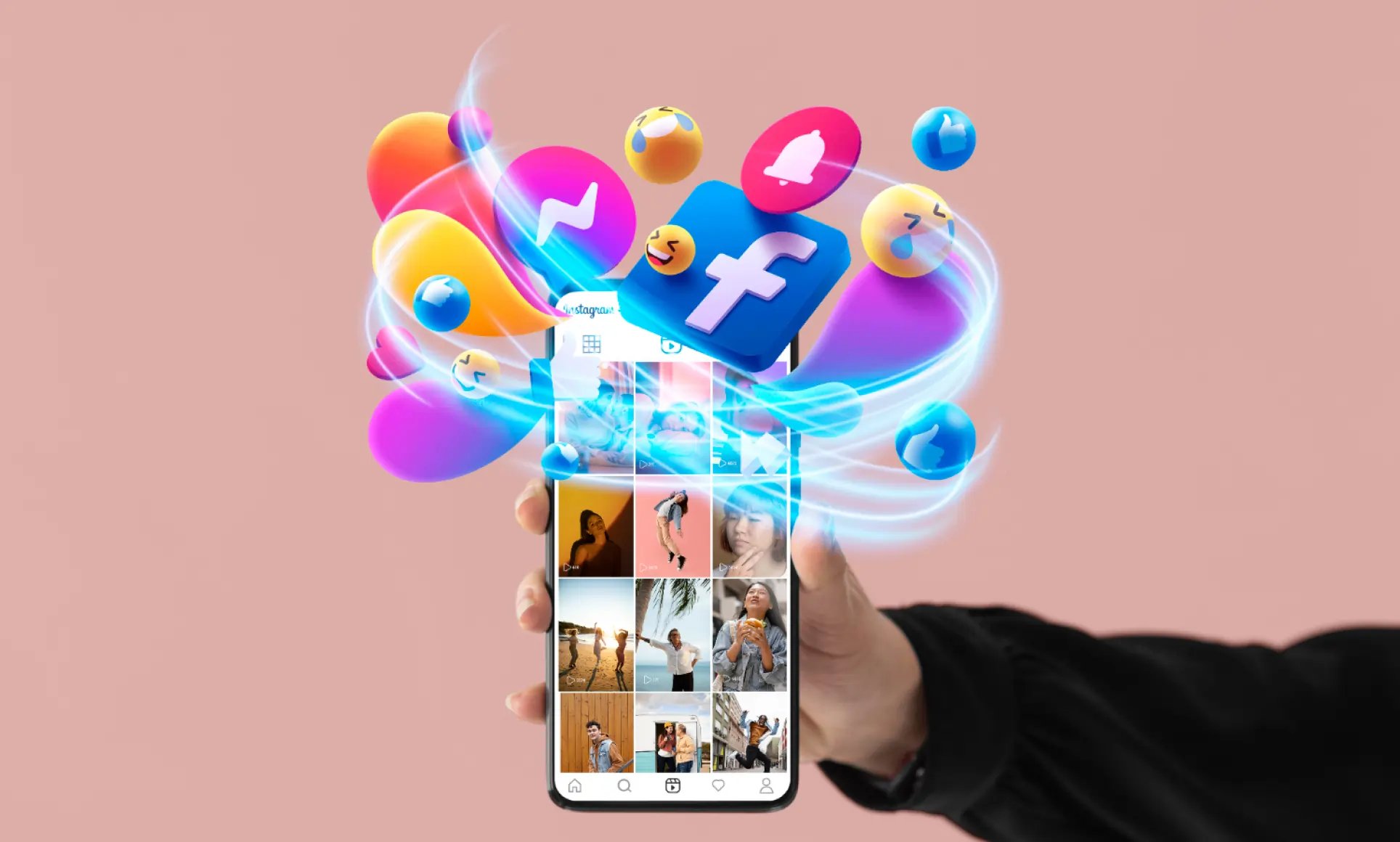
Building a strong community isn't just about gaining followers - it's about creating genuine connections that keep people engaged and loyal. Here's what works:
- Interactive Events: Live and virtual events like AMAs or workshops let members actively participate, boosting engagement. Tools like live polls and breakout rooms make these events more impactful.
- Gamification: Adding points, badges, and challenges motivates participation. Programs like loyalty tiers or social recognition can increase retention by up to 22%.
- Personalization: Tailoring experiences to members’ preferences strengthens relationships. Segmentation based on demographics or behavior helps deliver relevant content and communication.
- Crowdsourced Content: Encourage members to share stories, reviews, or creative projects. User-generated content builds trust and deepens emotional connections.
- Transparency and Inclusivity: Open communication and diverse representation foster trust and belonging, which are key to long-term success.
20 proven ways to boost engagement in your online community
Host Interactive Live and Virtual Events
Hosting live and virtual events is a powerful way to strengthen community connections. Real-time interactions, where people can ask questions, share experiences, and engage directly, create a sense of belonging. Instead of feeling like they’re being marketed to, participants feel heard and valued. This approach helps lay the groundwork for successful event planning.
The numbers back this up. According to a 2025 Zoom survey, event budgets are shifting significantly: 37% are now allocated to hybrid events, 35% to virtual ones, and 28% to in-person gatherings. This trend highlights an audience preference for flexible, accessible formats while maintaining meaningful engagement.
Formats like live streams, AMAs (Ask Me Anything sessions), and interactive workshops allow for real-time feedback and dynamic conversations. Unlike pre-recorded or static content, these events provide an opportunity to truly understand your audience’s needs and preferences in the moment.
Virtual events also broaden your reach. Take Missoula, Montana, for example. During the COVID-19 pandemic, local planners shifted their Mullan Area Master Plan workshop online. The result? Participation skyrocketed from hundreds to thousands, with a more diverse group of attendees than they’d ever seen at in-person events.
Interactive tools such as quizzes, live polls, breakout rooms, and real-time Q&As can transform passive viewers into active participants. Platforms like Instagram Live and TikTok Live are particularly effective for this, as their audiences expect quick, genuine interactions.
Best Practices for Planning Events
To ensure your event is impactful, start with clear goals and a strong understanding of your audience. Are you aiming to educate, gather feedback, build relationships, or launch a product? These objectives will guide your planning process.
Understanding your audience is equally important. Consider factors like their roles, tech savviness, and communication preferences. For instance, busy executives might prefer concise sessions, while creative professionals may value more in-depth discussions.
Build anticipation before the event by engaging your community through social media, early access invitations, or targeted networking. This helps participants feel more comfortable and invested in the event.
During the event, offer multiple ways for attendees to engage - whether through chat, verbal input, or breakout rooms. Providing these options ensures everyone can participate in a way that feels natural to them.
After the event, follow up to keep the momentum going. Gather feedback while the experience is still fresh, share additional content to continue the conversation, and use insights to refine future events. This approach turns a single event into an ongoing community-building effort.
Don’t forget to track analytics. Metrics like registration numbers, attendance rates, engagement levels, and drop-off points can reveal what resonates most with your audience. From there, you can refine your approach and explore more advanced formats like hybrid and immersive events.
Use Hybrid and Immersive Experiences
Hybrid events combine the best of virtual and in-person formats, ensuring both audiences feel equally engaged. But it’s not just about live-streaming an in-person event. The most successful hybrid events integrate interactive elements that connect all participants seamlessly.
For example, you can assign moderators specifically for online attendees, use live polls that include everyone, or create breakout sessions that mix virtual and in-person participants.
Micro-events are another great option. These smaller, topic-focused gatherings foster intimate discussions where everyone can contribute. They’re easier to manage and ideal for diving deep into specific subjects.
Phygital events - where physical and digital elements merge - are also gaining traction. Tools like QR codes, augmented reality, and digital networking platforms can enhance engagement for both online and in-person attendees.
AI is playing a growing role in personalizing event experiences. From recommending sessions based on individual interests to suggesting networking opportunities, AI can make events feel tailor-made for each participant.
Ultimately, accessibility and inclusivity should remain top priorities. Consider time zone differences, offer multiple ways to participate, and minimize technical hurdles to ensure everyone can join the conversation. Social media is another key tool - 60% of event planners say it’s essential for increasing virtual attendance. Integrating your event with a strong social media strategy can amplify its reach and impact even further.
Use Gamification and Reward Systems to Drive Engagement
Gamification turns everyday community activities into engaging, game-like experiences by incorporating elements like rewards, challenges, and progress tracking. When implemented thoughtfully, it taps into what drives people - whether it’s the personal satisfaction of achieving something or the external reward of being recognized. This combination keeps members engaged and coming back for more.
Businesses that embrace gamified loyalty programs often see a 22% boost in customer retention, and gamification strategies can increase audience participation by nearly 47%. Some organizations even report customer acquisition jumps of up to 700% when gamification is done well.
"Yes, gamification can work for building social connection in communities. But the features must be deployed thoughtfully, personally, and to recognize contribution rather than competition with other members." – Carrie Melissa Jones, Author of Building Brand Communities: How Organizations Succeed by Creating Belonging
The secret lies in designing systems that encourage belonging and collaboration, rather than cutthroat competition. When done right, gamification fosters a culture where members feel valued and naturally stay engaged as the community grows.
Popular Gamification Techniques
Several gamification techniques have proven effective in driving engagement:
- Points and Badges: These are the building blocks of most gamification systems. Members earn points for actions like posting, commenting, or helping others. Badges visually highlight achievements or milestones. For example, LinkedIn’s "Profile Strength" feature motivates users to complete their profiles by showing progress and awarding endorsements as social proof.
- Leaderboards and Challenges: While they create healthy competition, they’re most effective when they spotlight diverse contributions. Instead of just ranking based on activity volume, consider leaderboards that reward helpful answers, creativity, or community support.
- Progress Tracking: Giving members a clear sense of advancement can be highly motivating. Duolingo nails this with progress bars, streaks, and experience points (XP) for completed lessons. Users can even compete with friends, adding a social layer to the experience.
- Storytelling Elements: Adding narrative elements can make participation more engaging. Khan Academy, for instance, combines points and badges with personalized dashboards, creating a story-like journey for each user’s learning experience.
- Social Recognition: When members achieve something - whether it’s earning a badge or reaching a milestone - sharing it with the community amplifies the impact. It not only reinforces their success but also inspires others to get involved.
By combining these techniques, you can design a rewards system that offers instant gratification while also keeping members engaged over the long term.
Design Reward Programs
A well-designed rewards program strikes a balance between short-term perks and long-term value. Start by identifying the behaviors you want to encourage, such as creating content, helping others, or attending events. Then, tailor your rewards to those actions.
- Tiered Rewards: Programs like Starbucks Rewards are a great example. Customers earn stars for purchases, which they can redeem for free items. Features like double-star days and special challenges keep participation levels high.
- Exclusive Access: Sometimes, the promise of early access to new features, special events, or exclusive content can be more enticing than monetary rewards. It’s about creating a VIP experience.
- Personalized Rewards: Show members you understand them. Fitbit does this by letting users set personal goals for steps or calories burned, rewarding achievements with real-time updates and challenges they can share with friends and family.
- Transparency: Make sure your reward system is clear and easy to understand. Communicate the rules, criteria, and rewards upfront. Hidden or overly complicated systems can frustrate members and hurt engagement.
- Simplicity: Start with straightforward mechanics and gradually add complexity as your community becomes more engaged. A confusing system can discourage participation instead of encouraging it.
Comparison Table: Gamification Tools
| Tool | Best Use Case | Starting Price | G2 Rating | Gamification Strength |
|---|---|---|---|---|
| Smile.io | Small-medium eCommerce loyalty | Free (<200 orders), then $49/month | 4.6 | Moderate (points, referrals, tiers) |
| Drimify | Marketing gamification campaigns | $35/month | 4.6 | High (full gamification platform) |
| Gametize | Community engagement | $100/month (100 players) | 4.5 | High (comprehensive game mechanics) |
| Spinify | Sales team motivation | $15/user/month | 4.6 | High (KPI gamification with AI) |
| LoyaltyLion | eCommerce customer retention | Free (~400 orders), then $159/month | 4.6 | Moderate (loyalty-focused features) |
When choosing a gamification platform, it’s important to first define your goals. Whether you’re focusing on customer loyalty, team motivation, or community engagement, your objectives will help steer your decision.
Also, think about whether you need flexibility beyond basic rewards. While some tools are great for transactional programs, they may fall short when it comes to encouraging community-driven behaviors like peer support or content creation. Look for platforms that allow custom triggers and offer a variety of reward options.
Lastly, prioritize mobile optimization. With 21% of businesses now focusing on mobile-first design, make sure your platform works seamlessly across devices. Many interactions happen on smartphones and tablets, so a clunky mobile experience could derail your efforts.
The most effective systems celebrate individual contributions while fostering genuine connections. By creating positive, rewarding experiences, you’ll not only boost engagement but also build a stronger, more connected community.
Personalize the Member Experience
Personalization turns impersonal interactions into meaningful, member-focused experiences that encourage deeper engagement. Generic approaches often lead to disengagement, and the numbers back it up: 71% of consumers expect personalized interactions, and 76% feel frustrated when they don’t get them. Companies that prioritize personalization report up to 40% more revenue, and 80% of customers are more likely to stick with businesses that provide tailored experiences. For community builders, this means higher retention, stronger loyalty, and more active participation.
But personalization isn’t just about using someone’s name. It’s about crafting experiences that align with each member’s interests, habits, and goals within the community.
Audience Segmentation Strategies
Breaking your community into smaller, focused groups can make personalization easier and more effective. This approach isn’t just theoretical - 77% of marketing ROI comes from segmented, targeted campaigns, and 80% of companies using segmentation report increased sales.
Let’s start with demographic segmentation, which looks at factors like age, location, job title, or experience level. For instance, a marketing community might separate beginners from seasoned pros, offering content that matches their expertise. For global communities, geographic segmentation helps - think scheduling live events at times that work for different time zones or highlighting local opportunities.
Behavioral segmentation digs into how members interact. Do they prefer reading quietly, or are they active posters? Are they more engaged during the week or over the weekend? Behavioral insights can guide targeted outreach - segmented emails, for example, see a 30% higher open rate and a 50% increase in click-through rates compared to generic ones.
Then there’s psychographic segmentation, which focuses on motivations and values. Imagine a fitness community: some members might be focused on weight loss, others on strength training, and some on overall wellness. Each group will respond to different types of content and messaging.
Here’s a quick breakdown:
| Segmentation Type | Basis | Community Example |
|---|---|---|
| Demographic | Age, job title, experience level | A tech community offering beginner guides for junior developers and advanced resources for senior engineers |
| Geographic | Location, time zone | A gardening group discussing winter prep for colder regions and year-round tips for tropical climates |
| Psychographic | Interests, values | A travel community creating spaces for budget travelers versus luxury vacationers |
| Behavioral | Engagement patterns | An online course community identifying active learners versus casual browsers for tailored communication strategies |
Start by setting clear goals for each segment - whether it’s boosting event attendance, increasing content creation, or improving retention. Use data from member profiles, engagement analytics, and surveys to create manageable groups. Too many segments can overcomplicate things and reduce effectiveness.
Keep your approach flexible. As members’ behaviors evolve, your segments should too. A beginner today might become an active contributor tomorrow.
Customize Communication
Personalized communication is all about delivering the right message to the right people at the right time - and it works. Netflix, for example, tailors recommendations based on viewing history. You can do something similar by sending technical guides to highly engaged members while sharing trending topics with those who prefer lighter content.
Timing matters, too. 64% of recipients open emails based on subject lines, and sending messages at the right time can make all the difference. Use engagement data to figure out when your audience is most active - B2B communities might respond better during work hours, while hobbyist groups could be more engaged in the evenings or weekends.
Respecting channel preferences is another key factor. Some members prefer email updates, while others favor push notifications or in-app messages. Ignoring these preferences can backfire - 56% of people unsubscribe from emails when the content isn’t relevant.
Recognition also plays a big role in personalizing the member experience. Publicly acknowledging valuable contributions - whether it’s through a weekly roundup or a thank-you message - can strengthen loyalty. 80% of consumers are more likely to support businesses that recognize their value.
Finally, feedback loops are essential. Regular surveys and open communication help you stay in tune with what members want. Communities with strong two-way communication report 27% higher member satisfaction. Use this feedback to refine your segmentation and adjust your strategies as needed.
The key is to start simple. Begin with basic segmentation and personalization tactics, then build on what works. Segmented campaigns can boost revenue by as much as 760%, but only if the segments reflect real differences in member needs.
Above all, personalization should feel natural. Members should feel valued, not overly monitored. When done right, personalization makes members feel like your community was designed just for them, inspiring the kind of loyalty that drives long-term growth and engagement.
sbb-itb-3858882
Use Crowdsourced Content and Storytelling
Building on interactive event strategies and gamification, involving your community through crowdsourced content can take engagement to a whole new level. When members actively participate in creating content, they feel a sense of ownership, transforming them into loyal advocates. In fact, 92% of consumers trust user-generated content more than traditional advertising, making it an incredibly effective tool for fostering authentic connections.
Instead of solely focusing on creating content yourself, shift toward amplifying your community’s voices. By encouraging members to share their stories and insights, you not only lighten your workload but also deepen emotional ties. Here’s how you can effectively bring crowdsourced content and storytelling into your engagement strategy.
Crowdsource Content Creation
Getting your community involved in content creation starts with making the process simple and rewarding. Remove barriers and provide clear opportunities for members to contribute.
- User-generated reviews and testimonials: Reviews are incredibly influential. 90% of consumers say reviews impact their purchasing decisions, and 76% regularly read online reviews when researching local businesses. Create spaces where members can share their experiences, from product feedback to success stories.
- Photo and video challenges: These are perfect for visually driven communities. Encourage members to share behind-the-scenes moments, creative interpretations of a theme, or before-and-after transformations. Not only does this generate authentic content, but it also showcases your members’ creativity.
- Collaborative projects: Invite members to contribute ideas for new features, share tips, or participate in discussions about trending topics. This approach fosters a sense of teamwork, making everyone feel like they’re part of something bigger.
"Sometimes all it takes is a gentle nudge and a warm smile to get someone to share their story." - Kyle Mills, Client Experience Director at Fire Warden Training
- Expert spotlights: Highlight the expertise within your community. Feature tutorials, Q&A sessions, or case studies led by your members. Providing a platform for their knowledge not only enriches your community but also strengthens bonds.
Make participation easy by offering templates, prompts, or examples. Public recognition can be a powerful motivator - celebrating contributions often inspires more engagement than monetary incentives.
Use Storytelling to Strengthen Bonds
While crowdsourced content builds trust, storytelling creates emotional connections. Stories have the power to resonate deeply, and 71% of customers recommend a brand when they feel an emotional connection to it.
- Member success stories: Highlight real achievements and transformations within your community. These stories inspire others and illustrate the value of being part of the group. Focus on specific challenges, the journey, and the results to make the narratives relatable and impactful.
"Stories are the threads that weave us together. By showcasing them, we're not just building a brand; we're building a community." - Tiffy Cu, Travel Blogger at Asiatravelbug
- Behind-the-scenes narratives: Sharing the story of your community’s origins, team highlights, or the evolution of popular features humanizes your brand. Transparency builds trust, and 67% of consumers value authenticity when choosing which brands to support.
- Shared value stories: These connect individual experiences to a larger purpose. Show how your community has made a difference - whether it’s solving problems, supporting causes, or driving positive change. This type of storytelling strengthens members’ sense of belonging.
"Everyone wants to be part of something bigger. By sharing the 'why,' we're inviting them to be part of our journey, our story." - Adam Fard, Founder & Head of Design at Adam Fard UX Agency
- Interactive storytelling campaigns: Create ongoing narratives that members can contribute to. Provide themes or prompts that encourage them to share related experiences. This approach not only generates diverse content but also builds anticipation and excitement.
The most impactful stories tap into universal emotions like inspiration, belonging, and overcoming challenges. And just like emotionally charged ads can persuade 70% of viewers to make a purchase, emotionally resonant stories can deepen community engagement.
Comparison Table: Crowdsourced vs. Standard Content
Knowing when to use crowdsourced content versus standard content can help you refine your strategy. Each approach has its strengths depending on your goals.
| Feature | Crowdsourced Content | Standard Content |
|---|---|---|
| Source | Users, customers, community members | Internal teams, professional creators |
| Authenticity | High, seen as genuine and trustworthy | Variable, may feel promotional |
| Engagement | High, fosters participation | Moderate, depends on quality |
| Cost | Low, relies on user contributions | High, requires professional resources |
| Control | Lower, needs moderation and guidelines | Higher, ensures brand consistency |
| Perspective | Diverse, fresh insights and experiences | Limited, may lack originality |
Crowdsourced content shines when it comes to building trust and encouraging community participation, while standard content ensures consistency and professionalism. The most effective strategy blends the two - leveraging crowdsourced content to showcase authentic member experiences while using standard content for key announcements and educational materials.
The secret lies in creating systems that encourage natural and rewarding participation while maintaining quality standards that reflect your community’s values.
Build Trust and Promote Inclusivity
Trust and inclusivity are the foundation of strong, engaged communities. While interactive events, gamification, and personalization can enhance connections, they only succeed when trust is established and inclusivity is prioritized. Trust doesn’t mean perfection - it’s about being honest and accountable. Similarly, fostering diversity creates a sense of belonging, which drives loyalty and long-term success.
Create Transparent Communication Channels
Transparency breaks down barriers between leadership and members, creating an environment where trust can flourish. Sharing updates, challenges, and successes openly helps build a culture of honesty and mutual respect.
Hosting regular virtual town halls is a practical way to foster two-way communication. These sessions allow leaders to share important updates, address concerns, and listen directly to community members. This approach ensures that communication isn’t just one-sided.
"Nine out of 10 people (89 percent) said a business can regain their trust if it admits to a mistake and is transparent about the steps it will take to resolve the issue." - ZDNet
Clear guidelines and expectations are another key element. When members understand decision-making processes and behavioral expectations, they feel more secure and engaged. Acknowledging mistakes and outlining corrective steps further reinforces trust. Research even shows that openness can increase employee engagement by 12 times.
"In face-to-face discussion, people understand it's their turn to share through eye contact and subtle body gesture. In virtual group discussions, we need to be more explicit in our expectations to others." - Nina Rong, VP of Communications at Generalized Intelligence
Once transparency is in place, the next step is to ensure diversity is woven into the fabric of the community.
Promote Diverse Representation
Inclusivity doesn’t happen by accident - it requires intentional effort. When members see their experiences and backgrounds reflected in leadership and decision-making, they feel more connected and valued.
Creating leadership opportunities for underrepresented groups is a powerful way to amplify diverse voices. For instance, The California Endowment worked with immigrant rights groups to improve healthcare access in Latinx communities, leading to a 40% increase in program participation.
Accessibility is equally important. A literacy nonprofit that added closed captions and sign language interpreters to its virtual programs saw a 25% rise in engagement from disabled participants. Similarly, a refugee support nonprofit trained refugees as outreach specialists, resulting in a 50% increase in participation over three years.
"Community development should be based on assets - and the assets always are the people who live in the impacted area." - Artie Padilla, DRIVE Initiative Director for the Central Valley Community Foundation
Offering a variety of engagement methods - like real-time discussions, SMS messaging, online surveys, and in-person meetings - ensures that everyone can participate in ways that suit them. Partnering with grassroots organizations can also help connect with communities that might otherwise remain out of reach.
"The advice I would give folks, to reach diverse stakeholders, is step out of your perspective and your comfort zone." - Mike Watson, director of Livable Communities at AARP
True inclusivity goes beyond surface-level representation. It’s about creating a space where diverse perspectives actively shape the community’s direction. When members feel genuinely heard and valued, they become enthusiastic advocates, driving organic growth and strengthening the entire community. These trust-building practices are the cornerstone of meaningful, value-driven engagement.
Conclusion: Key Takeaways for Value-Driven Community Engagement
Thriving online communities are built on more than just consistent content sharing - they flourish when genuine connections take center stage. When members feel understood, appreciated, and empowered, engagement naturally follows.
The first step to meaningful engagement lies in understanding your community's core values. This insight allows you to create experiences that truly resonate, moving beyond impersonal, one-size-fits-all messaging. When you align your efforts with what matters most to your audience, every interaction carries greater significance.
Personalization and inclusivity are essential for fostering long-term relationships. Members want to see their perspectives and identities reflected in the community’s leadership, content, and decisions. As we've discussed, this inclusive approach paves the way for deeper, more active participation.
"When we intentionally plan for inclusion, community engagement projects turn into more diverse, representative efforts and can lead to more equitable outcomes." - Jacqueline Broadhead, Director of COMPAS
Acknowledging and celebrating members is another cornerstone of active engagement. This means going beyond occasional mentions - highlighting achievements, showcasing contributors, and ensuring everyone feels truly valued. Data shows that when members feel empowered and informed, their satisfaction and confidence grow.
Transparent communication fosters trust, which is the glue holding communities together. Regularly seeking feedback and acting on it transforms passive members into active participants.
User-generated content and storytelling are also powerful tools for strengthening bonds within a community. These strategies allow members to take ownership of the community's narrative while fostering authentic connections among participants with shared experiences or challenges.
AdWeek exemplifies these principles by offering expert advice and actionable strategies for platforms like Instagram and TikTok. With daily updates and AI-driven insights, they’ve earned the trust of over 95,000 professionals.
Ultimately, successful community engagement is an ongoing journey. Communities thrive when leaders prioritize their members’ needs, cultivate inclusive spaces, and adapt strategies based on real feedback and evolving circumstances. It’s this commitment to connection and flexibility that turns communities into vibrant, lasting ecosystems.
FAQs
What are some ethical ways to use gamification to boost community engagement while avoiding unhealthy competition?
To apply gamification in a way that's both ethical and impactful, center your efforts on team-oriented activities that promote collaboration and shared goals. Think along the lines of group challenges, opportunities for skill-sharing, or tools like progress trackers that celebrate collective achievements rather than spotlighting individual rankings.
When designing these activities, aim to emphasize participation and personal development. Reward actions like effort, learning, or involvement instead of focusing on competition. This creates a welcoming and encouraging atmosphere where everyone feels appreciated and motivated, free from unnecessary stress or rivalry.
By shifting the focus from competition to collaboration, you can nurture a community built on meaningful connections and shared progress.
What are the best ways to incorporate hybrid and immersive experiences into community events to boost engagement?
To create hybrid and immersive community events that truly captivate your audience, consider weaving in gamification elements. This could mean adding challenges, quizzes, or contests that spark excitement and motivate people to join in. Make sure the event is accessible to everyone by blending options for both in-person and virtual attendees. For example, you can offer live streaming, interactive polls, and real-time Q&A sessions to keep everyone engaged. By focusing on creating experiences that are welcoming and easy to participate in, you’ll build stronger connections and encourage greater involvement from your audience.
How can I create community engagement strategies that are inclusive and reflect the diversity of my audience?
How to Build Inclusive Community Engagement Strategies
Creating inclusive community engagement strategies starts with a focus on accessibility and awareness of diverse backgrounds. It’s about more than just inviting people in; it’s about ensuring that everyone feels genuinely welcome and valued.
Start by building authentic relationships with individuals from various racial, ethnic, and cultural groups. Whether your community exists online, offline, or both, make sure the spaces you create are welcoming and accommodating for everyone. This might mean addressing physical accessibility, language barriers, or even cultural nuances that influence how people interact.
To connect with a wider audience, use a mix of engagement methods. People communicate and participate in different ways, and respecting these differences can make a big impact. For example, some groups might prefer face-to-face conversations, while others engage more through digital platforms. Tailoring your approach shows respect and understanding.
Another powerful way to expand your reach is by partnering with organizations that represent diverse communities. These partnerships can help you earn trust and build connections more effectively. When people see that you’re committed to inclusion - not just in words but in action - they’re more likely to feel a sense of belonging.
By prioritizing these efforts, you’re not just engaging more people - you’re creating a stronger, more connected community where everyone has a voice.



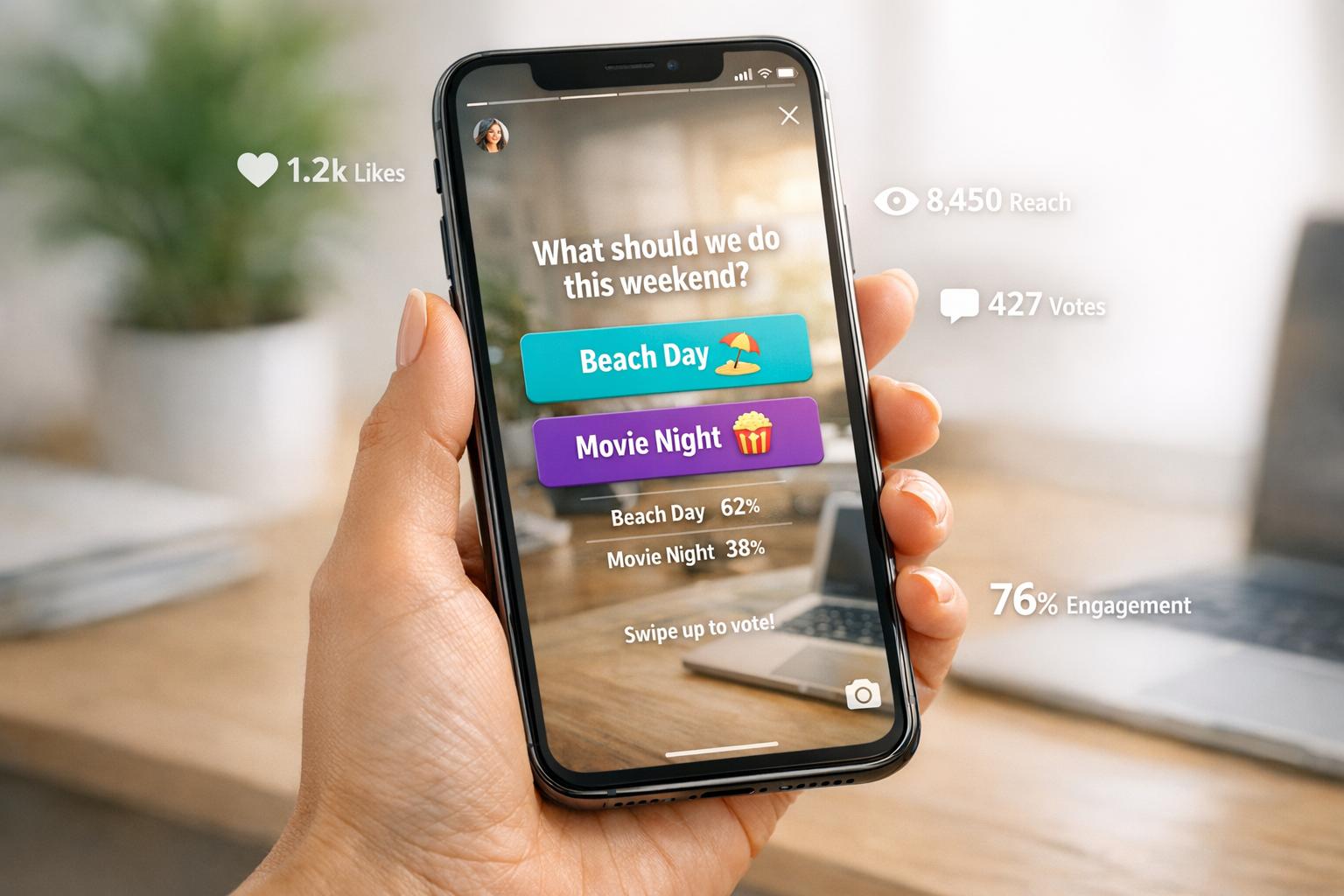
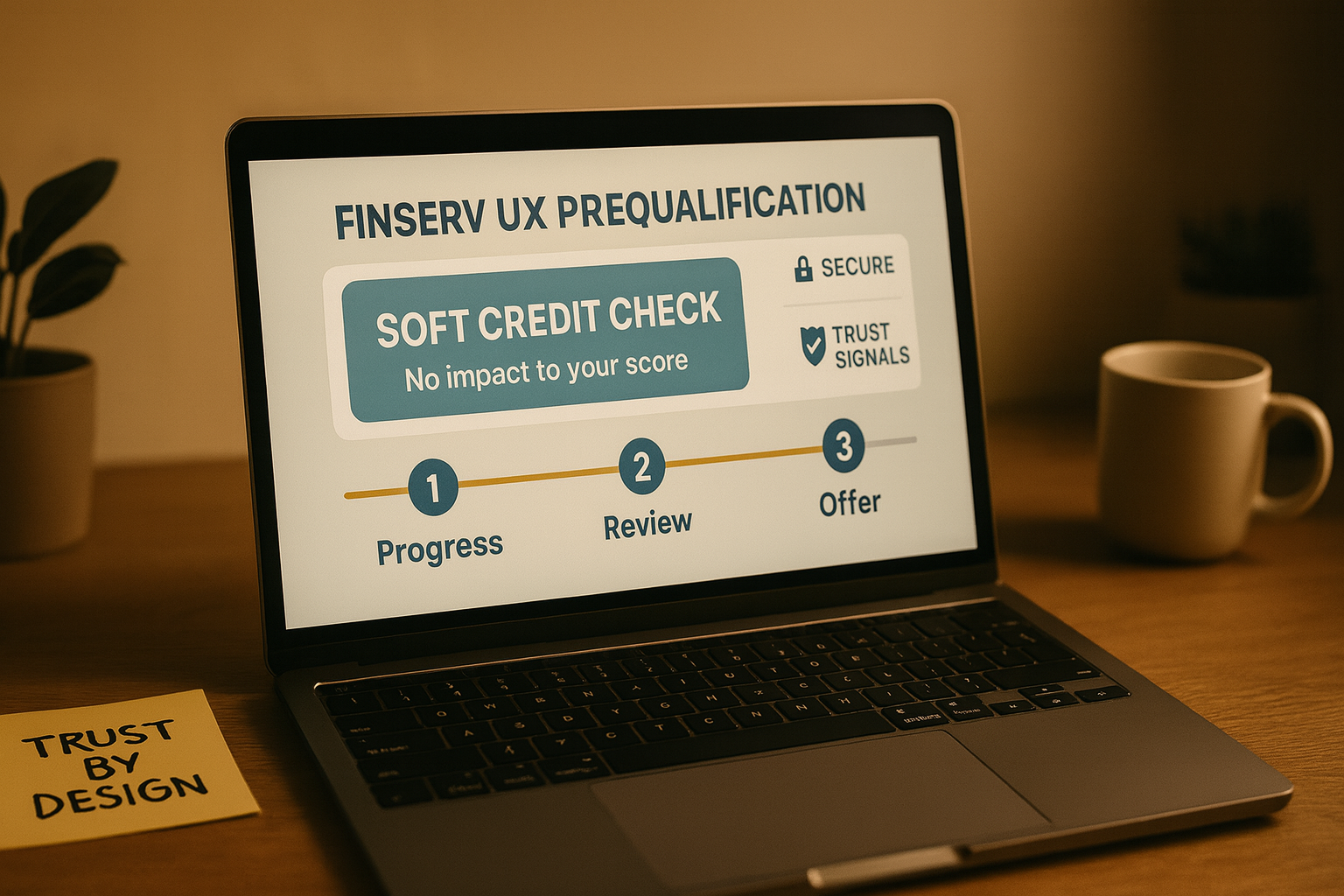
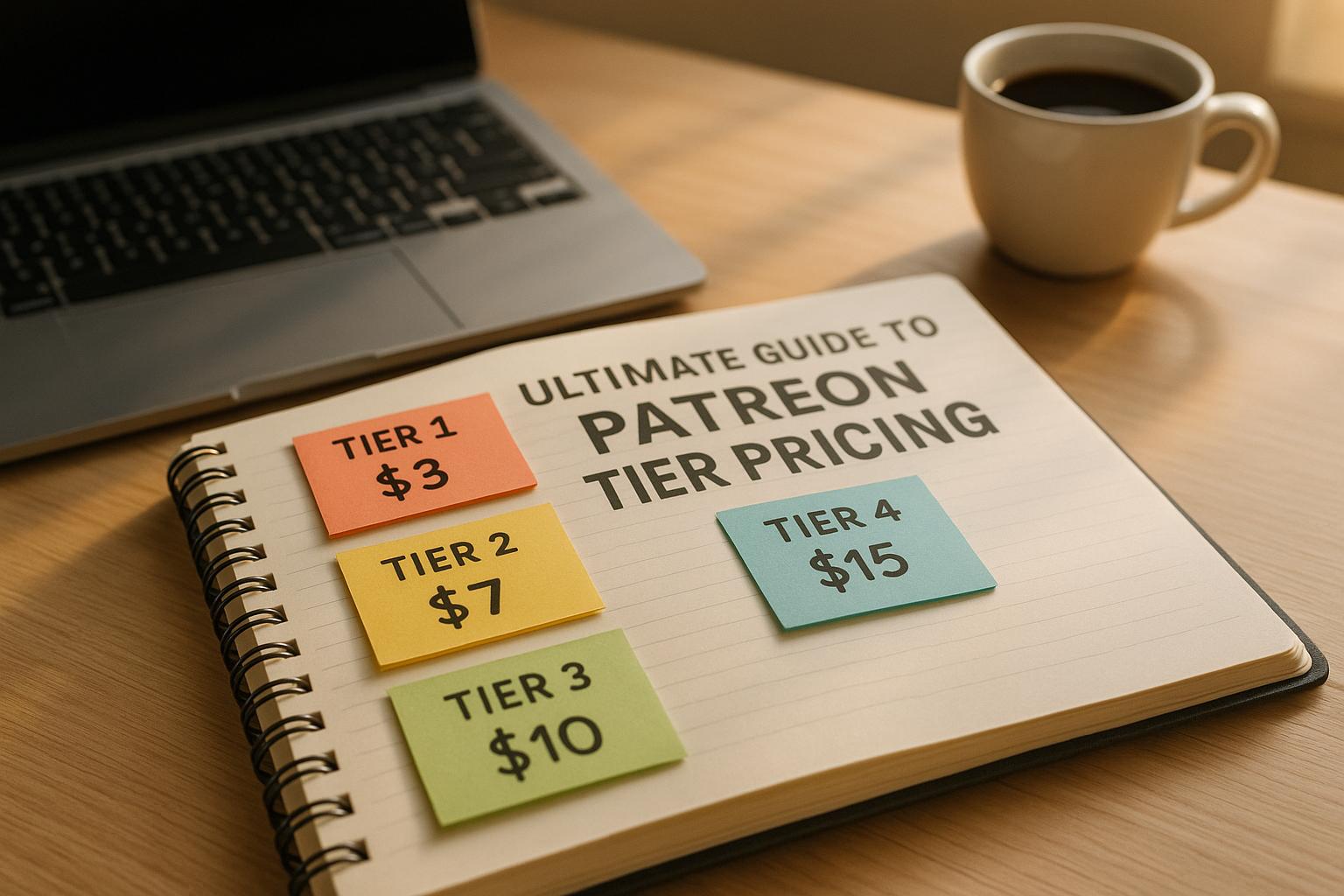








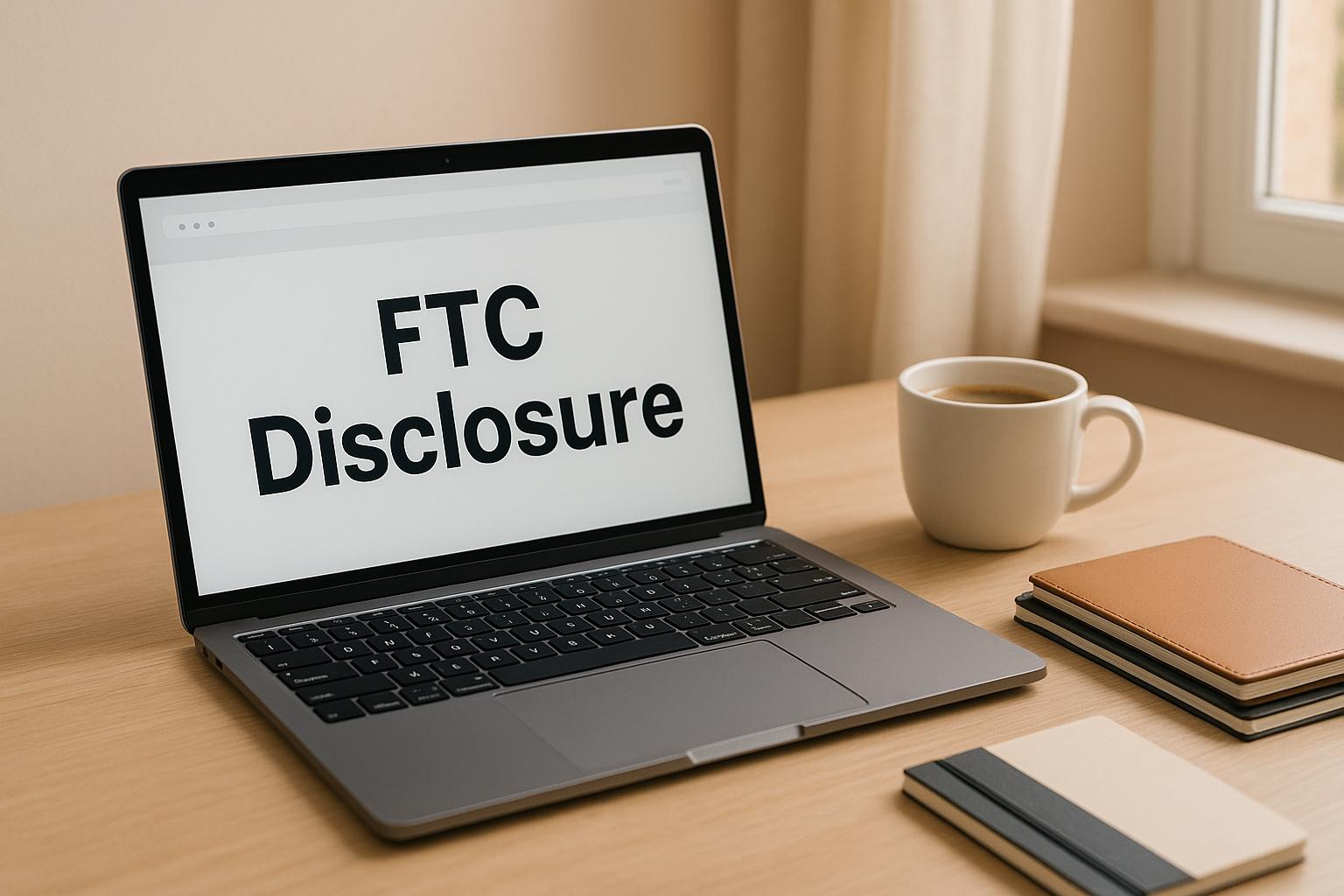





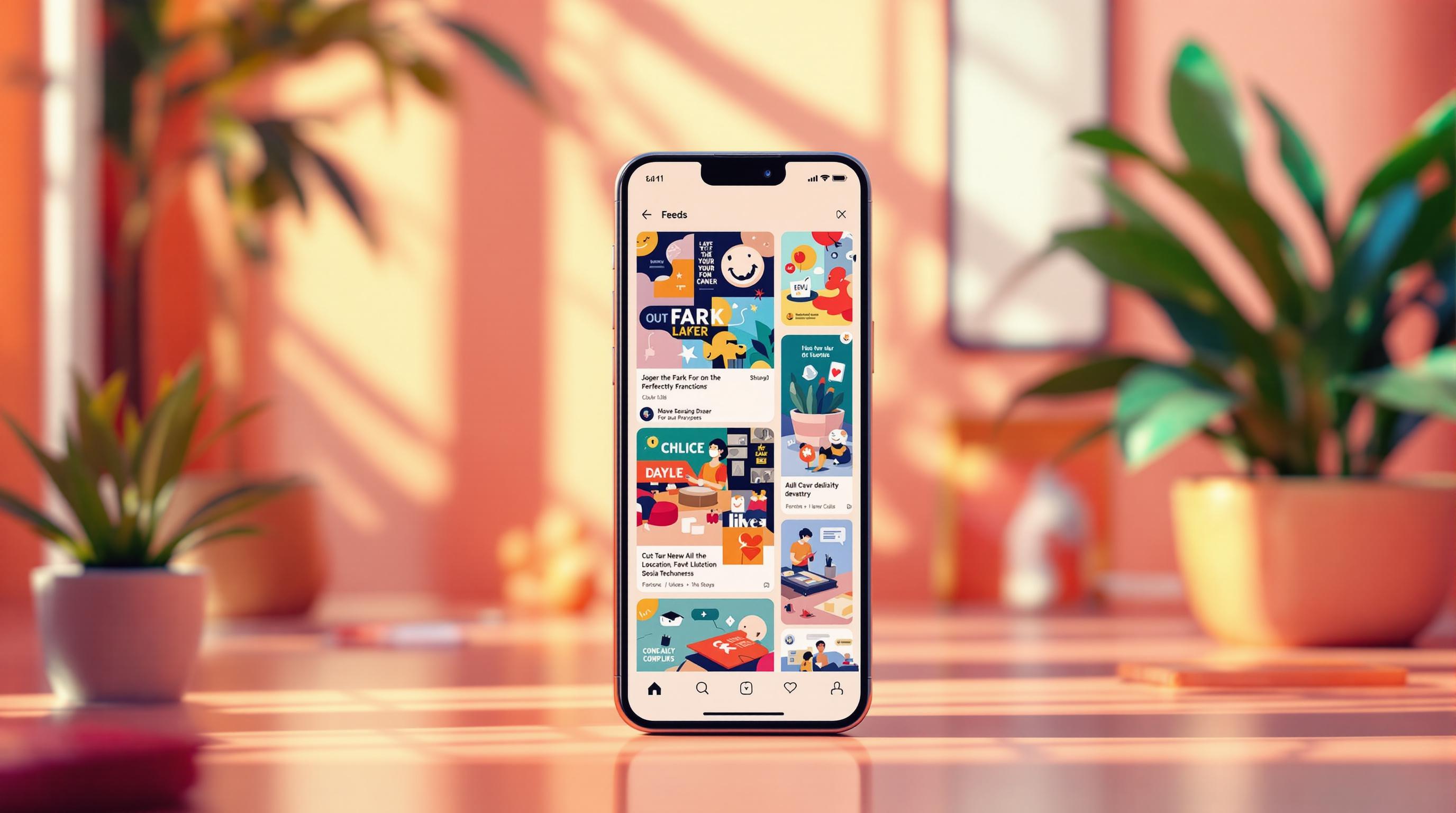

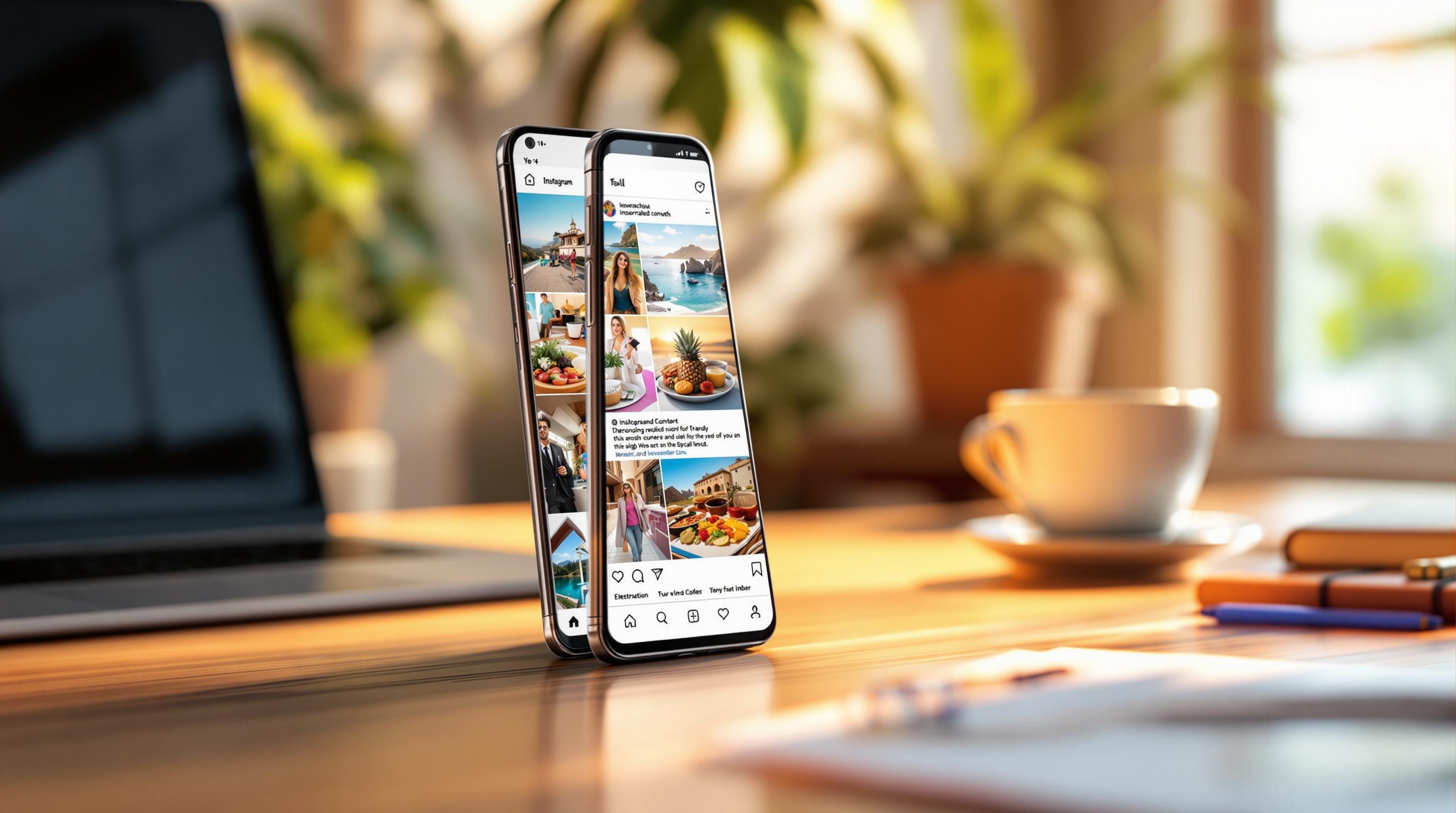




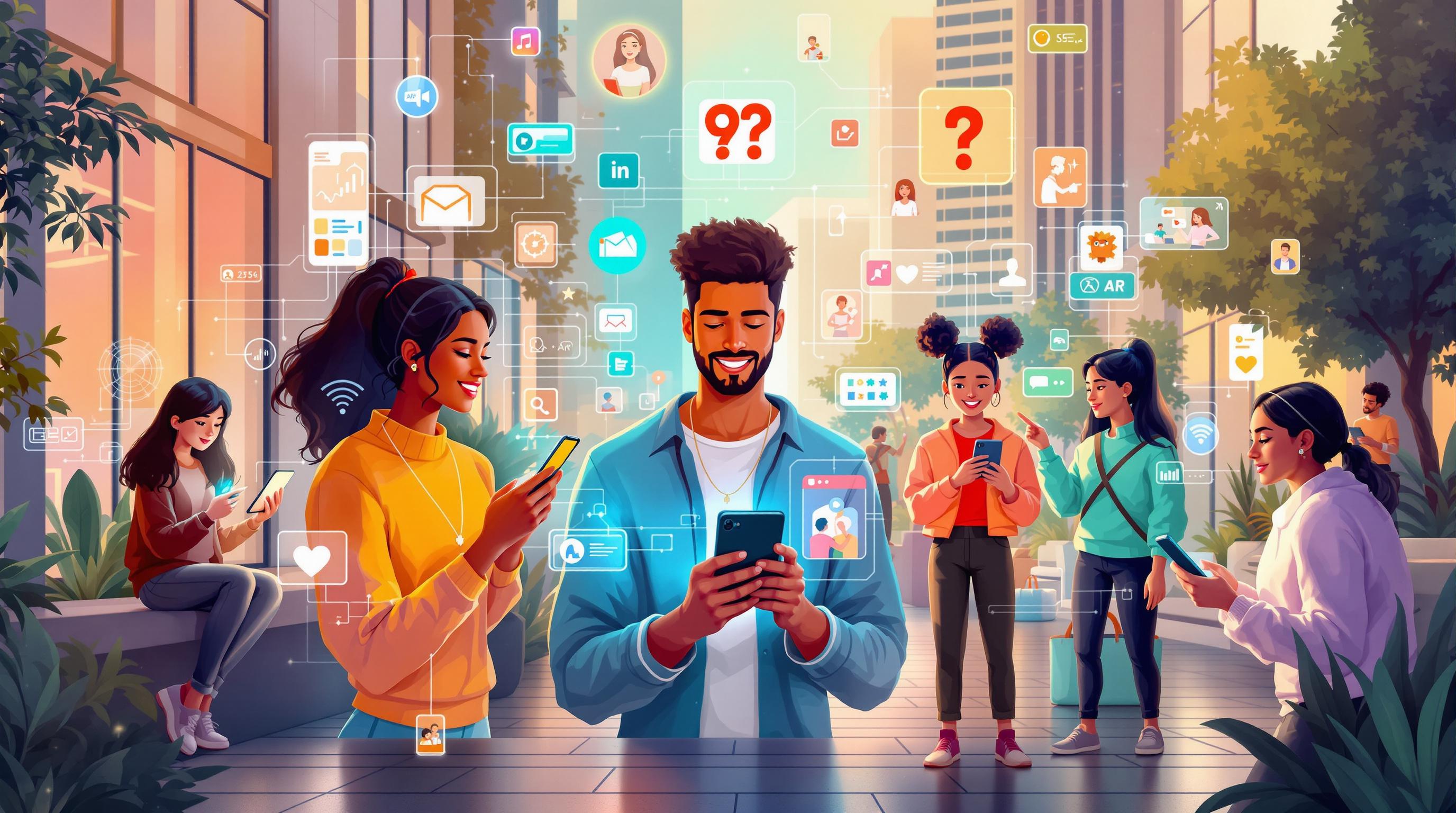





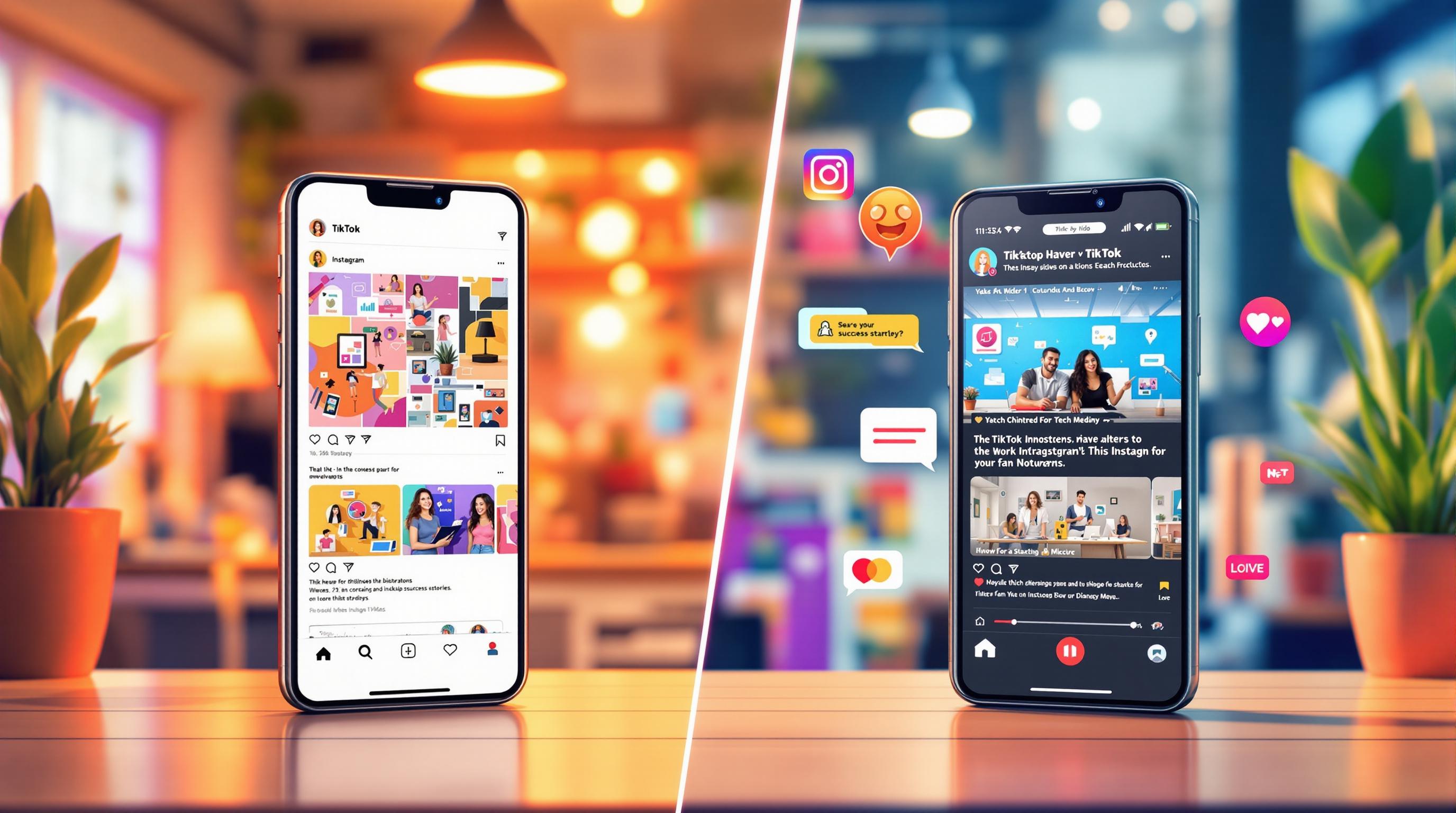
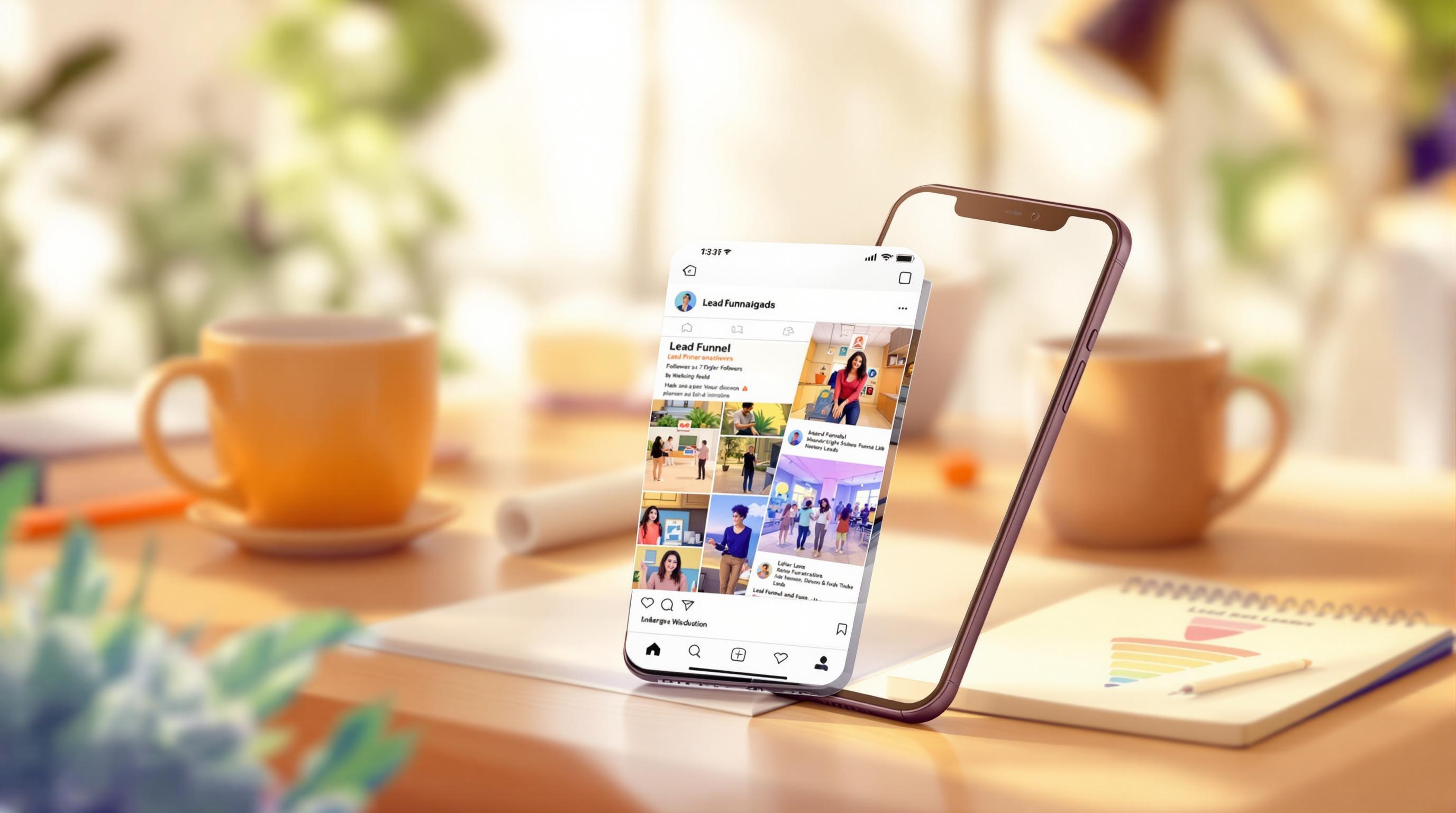

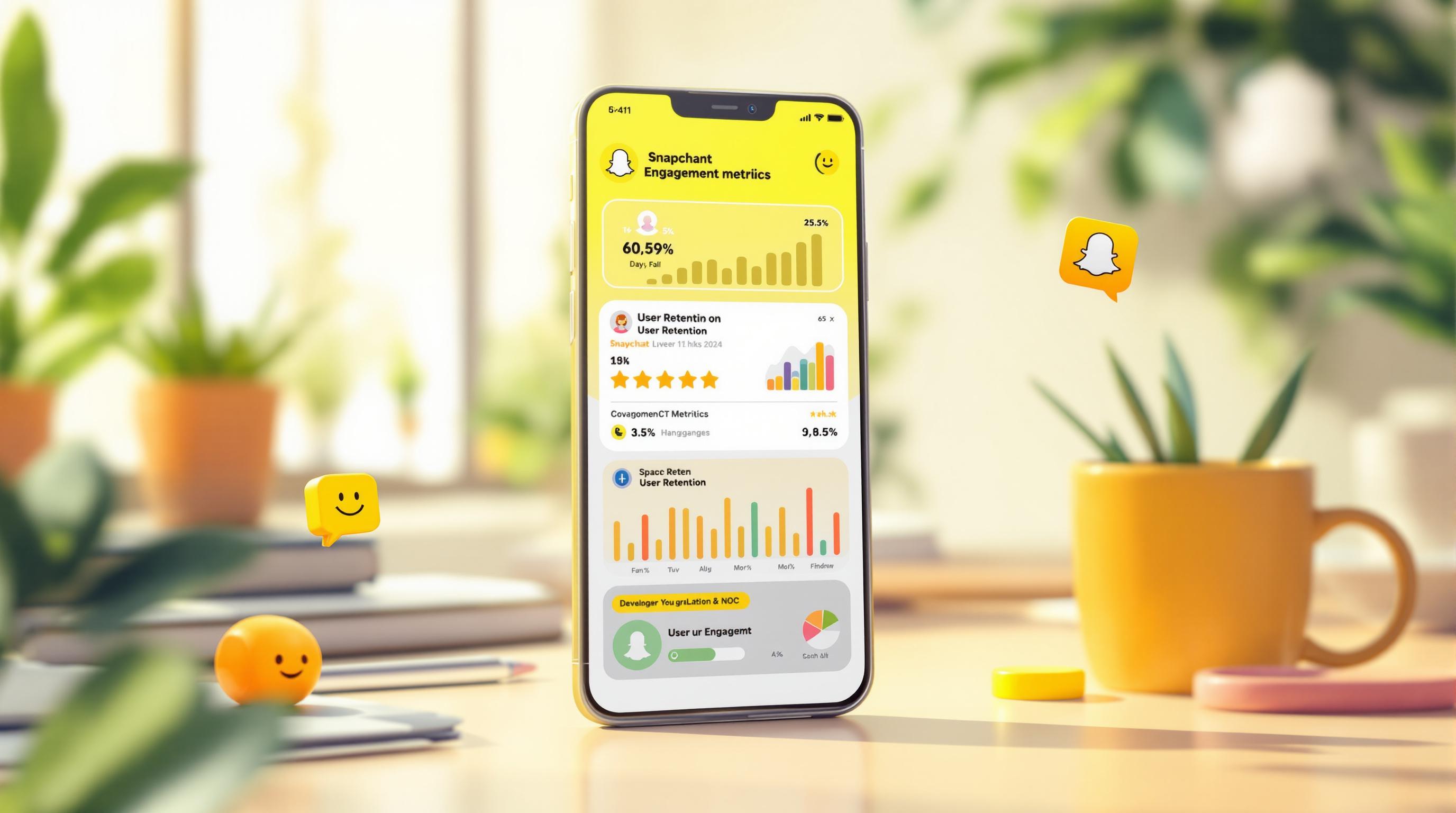
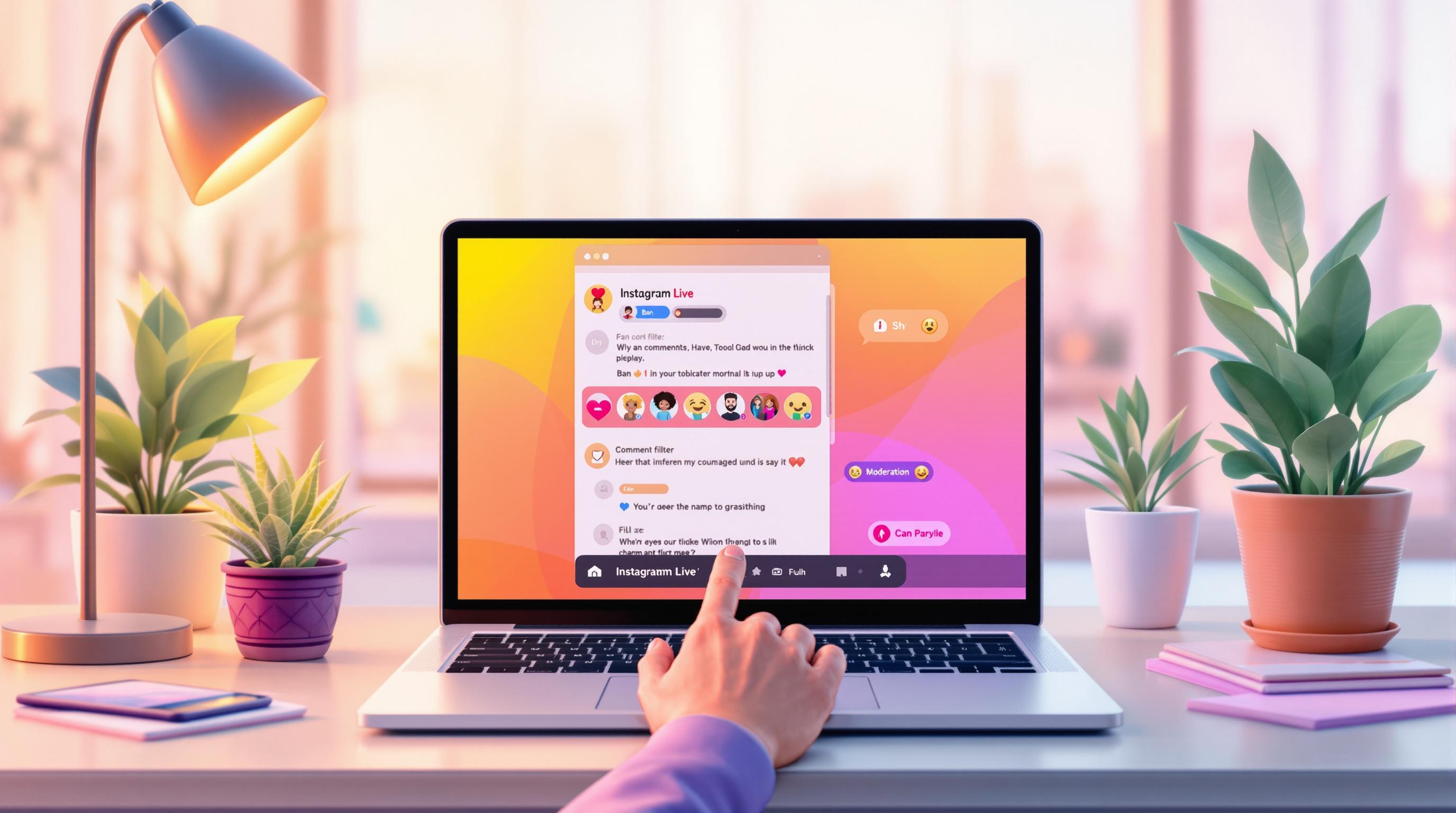



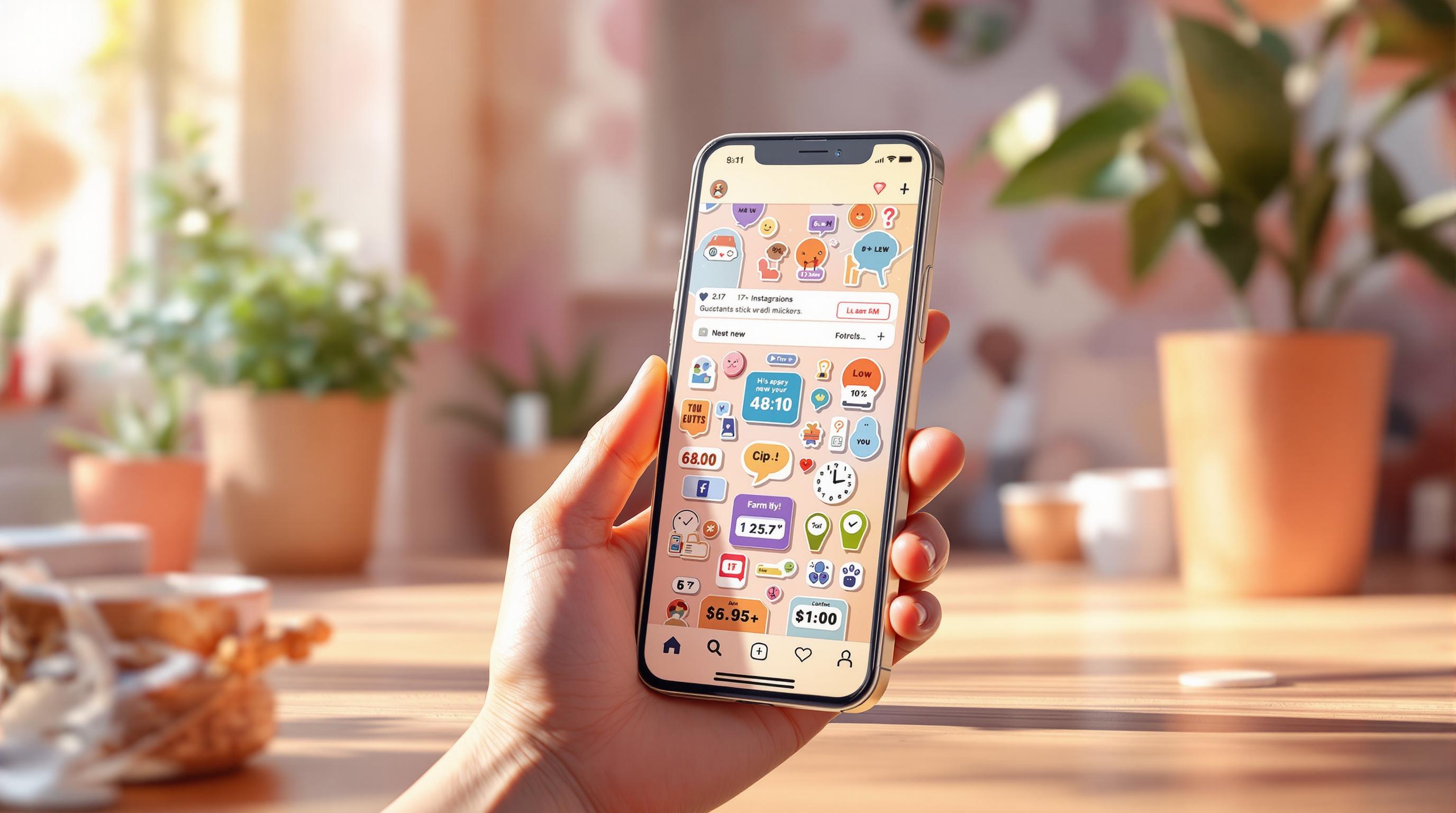
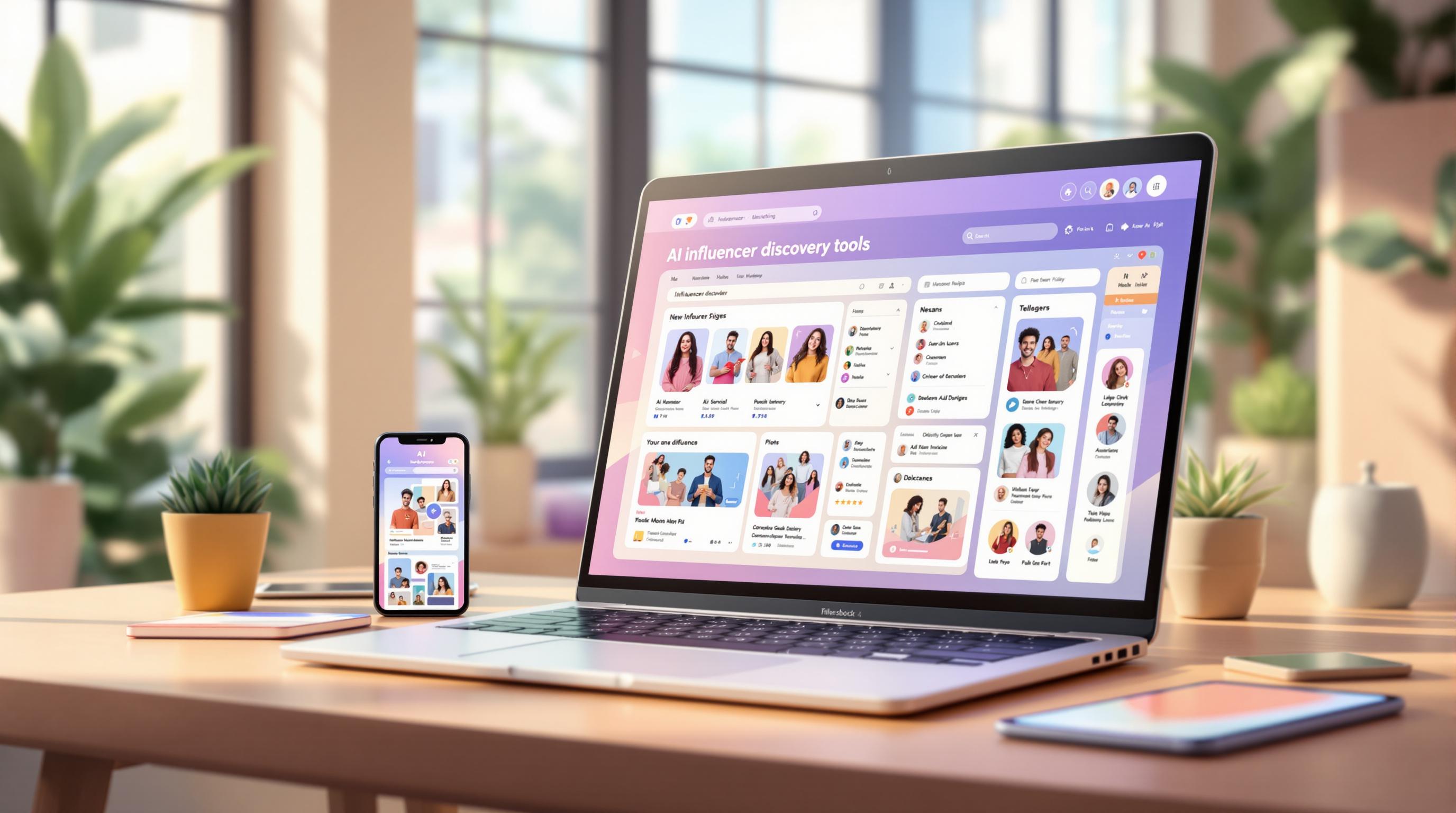


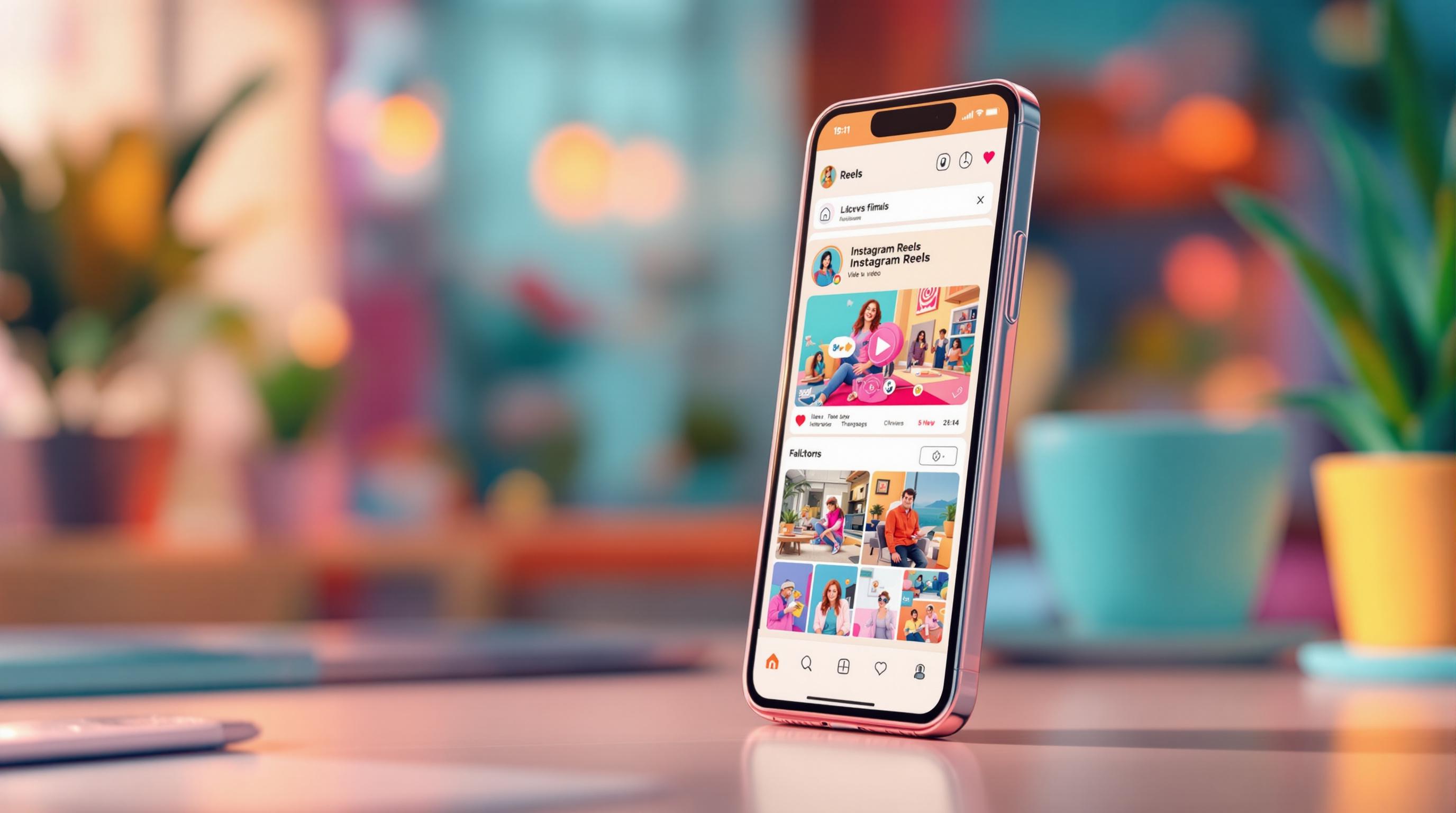
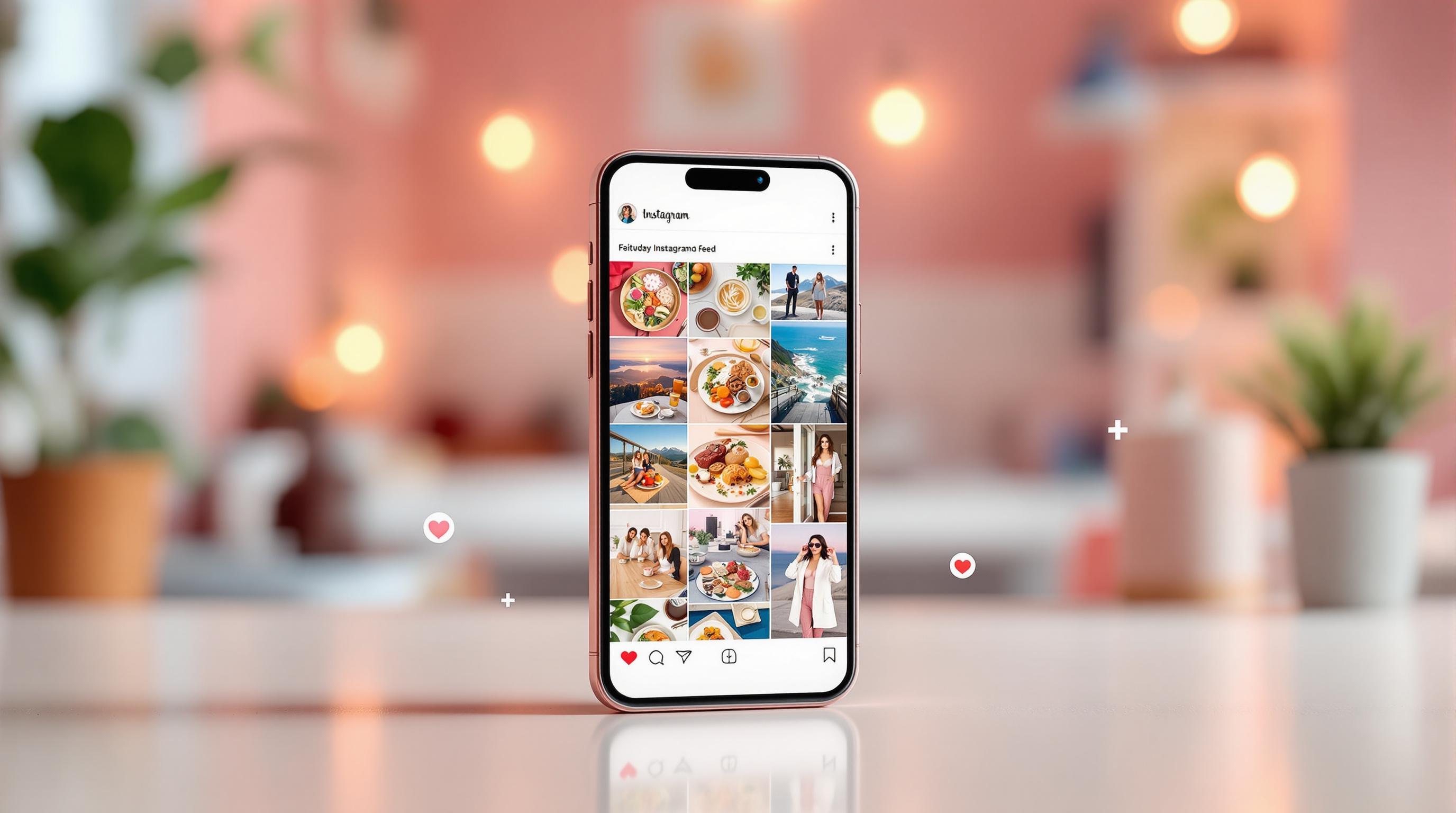



![Top 7 Best Instagram Growth Services in 2025 [RESULTS]](/cdn-cgi/image/fit=contain,format=auto,width=null/https://cdn.prod.website-files.com/67840d1d88a886f29a66a4c1/6795d12917ee4501b9eddf73_6795c731964f791db3b566c4-1737870861582.jpg)
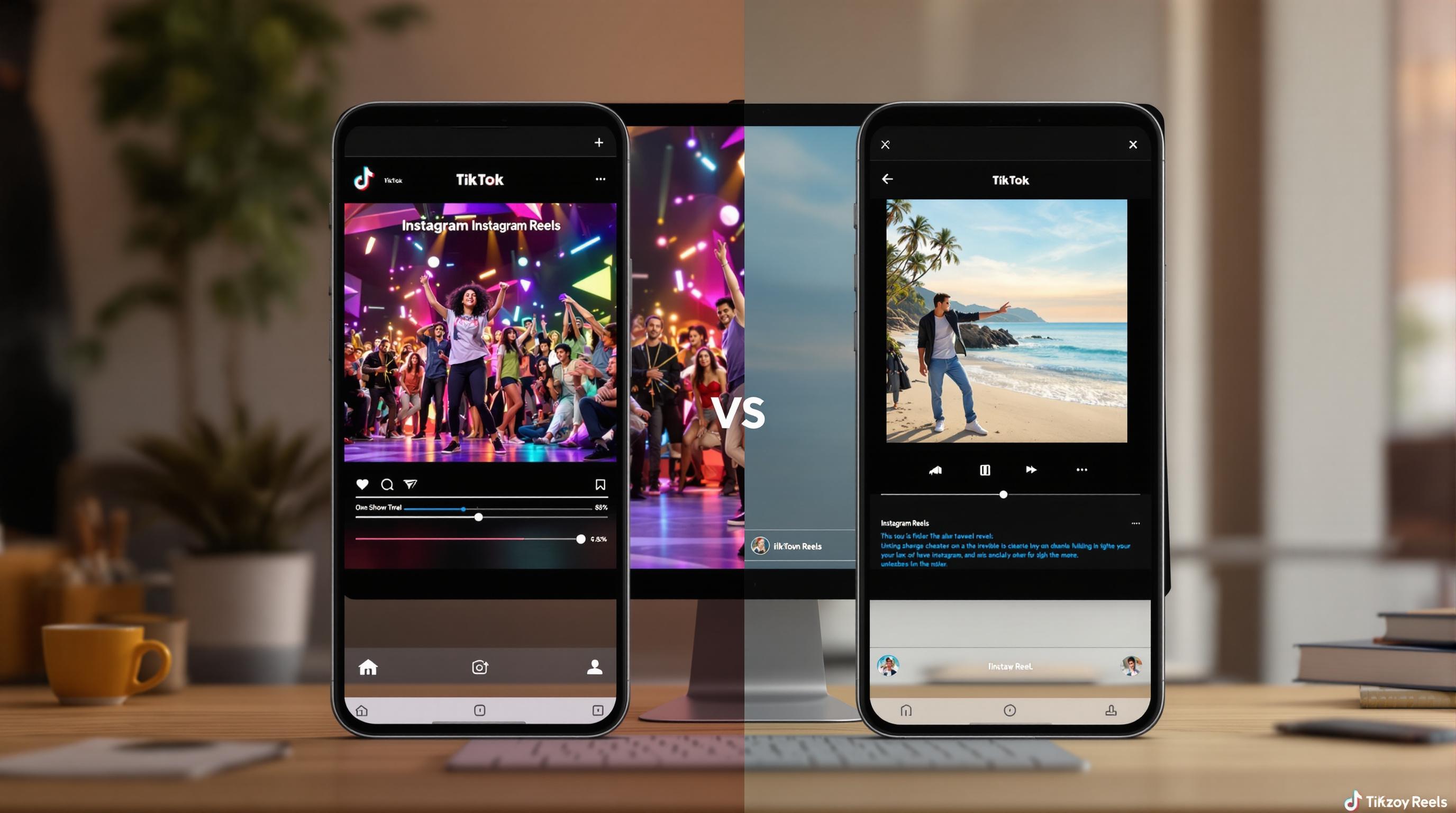
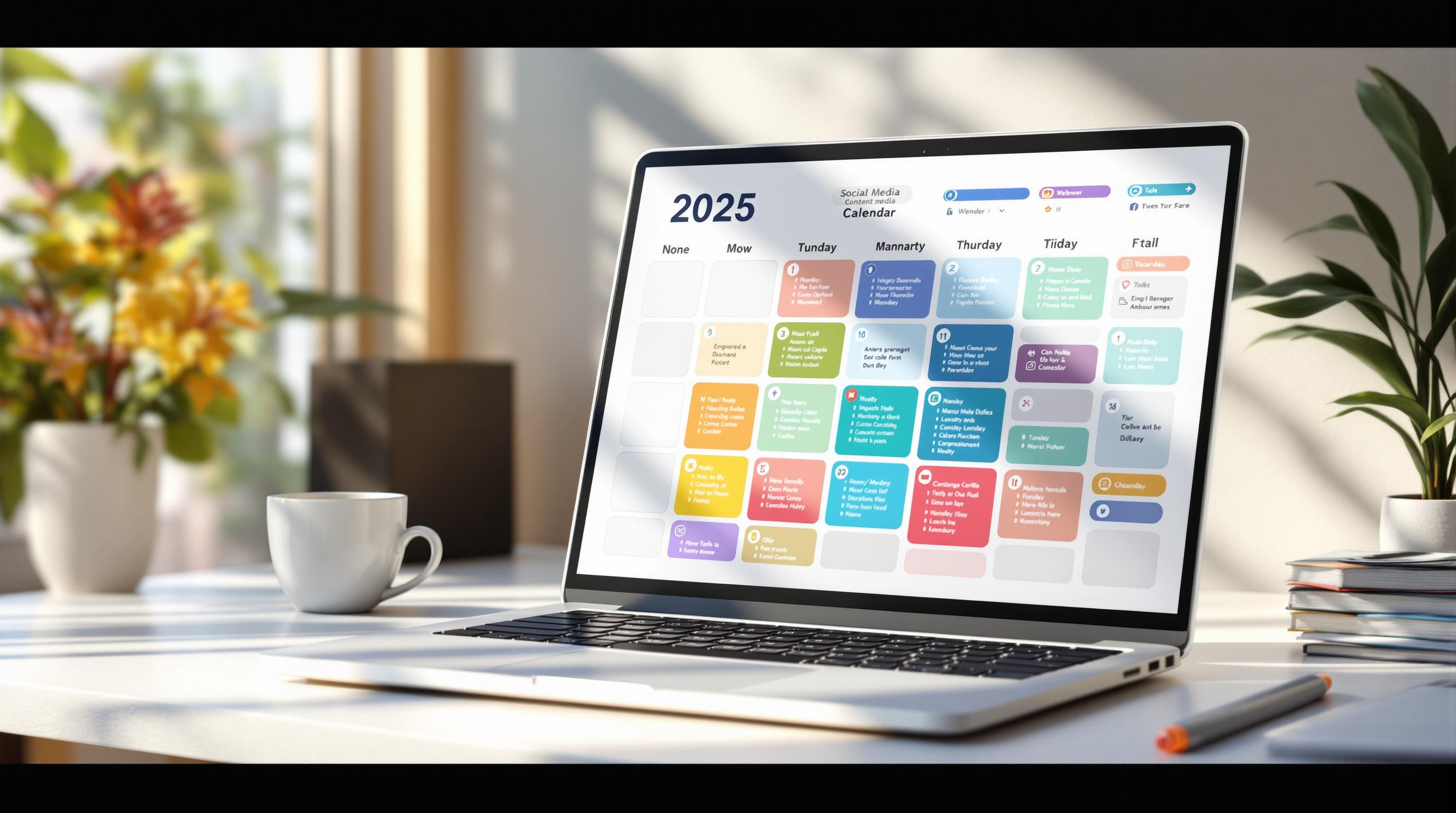
![UpGrow Review – The Best Instagram Growth Service in 2025 [TESTED]](/cdn-cgi/image/fit=contain,format=auto,width=null/https://cdn.prod.website-files.com/67840d1d88a886f29a66a4c1/6795040db42e404207732526_6794fd9c964f791db3b48de9-1737818779111.jpg)

